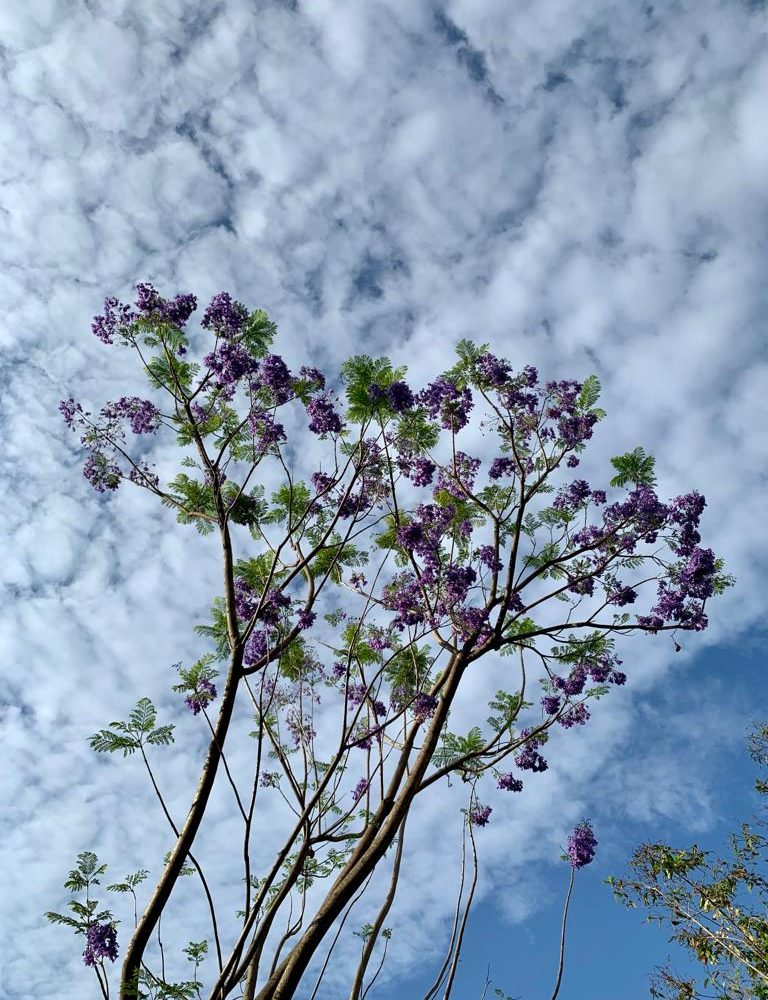I had always believed that the online environment is impersonal. During the Covid-19 pandemic art therapists, like many other therapists, have been required to adapt their modality to the online context. Except, could art therapy really be done virtually? There are clear indications of what one misses or loses in meeting clients virtually, but there is also creative potential.
Typically, I rely on watching the body language of a client as he/she paints or sketches or molds clay into figures, so I can ask appropriate questions and guide him/her in the right direction. I can only do so much of that on Zoom. Plus, there was the logistical question of how to get clients the art supplies they needed to express their sadness or their fear, their turmoil and moments of grace. The physical setting of the art therapy process is part of the containment of the therapeutic relationship. I like to take particular care in laying out materials in an inviting way. And in the manner that I position the seating arrangement.
But I have come to realise that although there are some losses in the online art making process, there are also some interesting new aspects. I may not be able to witness the art making process in the same way and I may miss the tactile feel of being physically closer to the art making, or miss being able to see the 3d parts of an image and subtleties of colour. In spite of that, some elements of the process now feel more in focus, enabling a new kind of intimacy. My mindfulness now allows me to notice the subtleties of the sounds in my headphones. When I watched and listened to the art making on my screen the last time, I felt close to the process, viewing in detail brush strokes and listening to the mark making. I have asked myself if I might actually observe with more intensity when on zoom?
I have discovered that if the art making is what is central to the process, it works just as well in an online session – a guided mindfulness meditation; art making time; group reflection and, finally, discussion about home practice (which is art making and mindfulness meditations practiced between sessions). If you’re a writer, performer, or visual artist, you know that your creativity is central and vital to who you are. I am grateful for my creativity and imagination in helping me find shortcuts (as well as fascinating and worthwhile detours!) on this path to self-understanding, transformation and growth.
The following video has some frequently asked questions about what happens in an art therapy session:

